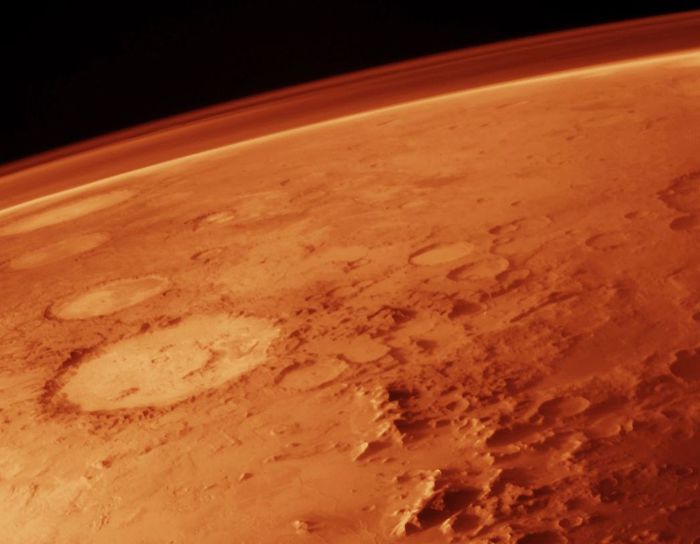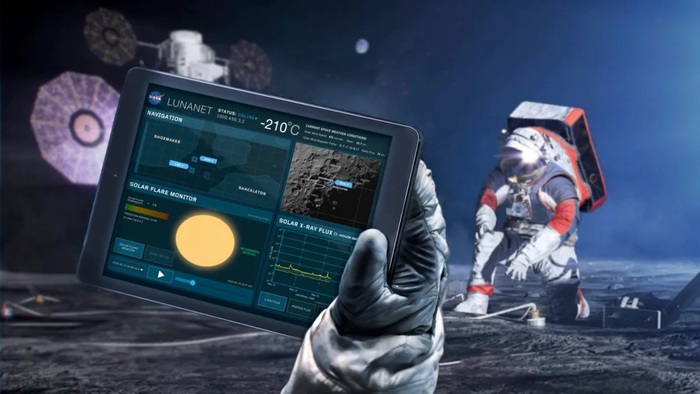Natural cavities excavated by lava and greases up to 40 kilometers on the Moon and Mars could be ideal places to host future human-inhabited bases. The Italian research published in the Earth-Science Reviews magazine and conducted by the universities of Bologna and Padua discovered them. Similar cavities, called 'lava tubes', "exist not only on Earth, but in the subsoil of the Moon and Mars, whose surface access wells have been repeatedly observed in the high resolution images provided by interplanetary probes," he said Francesco Sauro, from the Department of Biological, Geological and Environmental Sciences of the University of Bologna and director of the Caves and Pangea courses of the European Space Agency (ESA).
Coordinator of the research with the planetary geologist Riccardo Pozzobon, of the Geosciences Department of the University of Padua, Sauro also said that the presence of the lava tubes "is highlighted by sinuous alignments of cavities and collapses in the sections in which the vault of the gallery has ceded "and that" these collapses, in fact, constitute potential entrances or windows on the subsoil ".. Similar formations have been exalted, on Earth, in Hawaii, in the Canaries, in Australia and Iceland.
By comparing the images of the earth of Moon and Mars taken by satellites, the researchers found that compared to terrestrial "pipes", which reach a diameter of between 10 and 30 meters, the dimensions of the ducts increase 100 times on Mars and 1,000 times on the Moon: an impressive increase in size due to less gravity and its effects on volcanic activity.
According to Pozzobon, "ducts of this size can reach lengths of over 40 kilometers, thus providing enough space to accommodate entire planetary bases for the human exploration of the Moon: cavities so huge as to contain the historic center of the city of Padua".
The washing tubes also protect from cosmic and solar radiation, shelter from micrometeorites and offer a temperature-controlled environment, not subject to variations between night and daytime.
Space agencies are showing growing interest in planetary caves and lava tubes in view of future human missions to the Moon and Mars, the researchers finally noted, for whom "all of this represents a paradigm shift in future space exploration.









